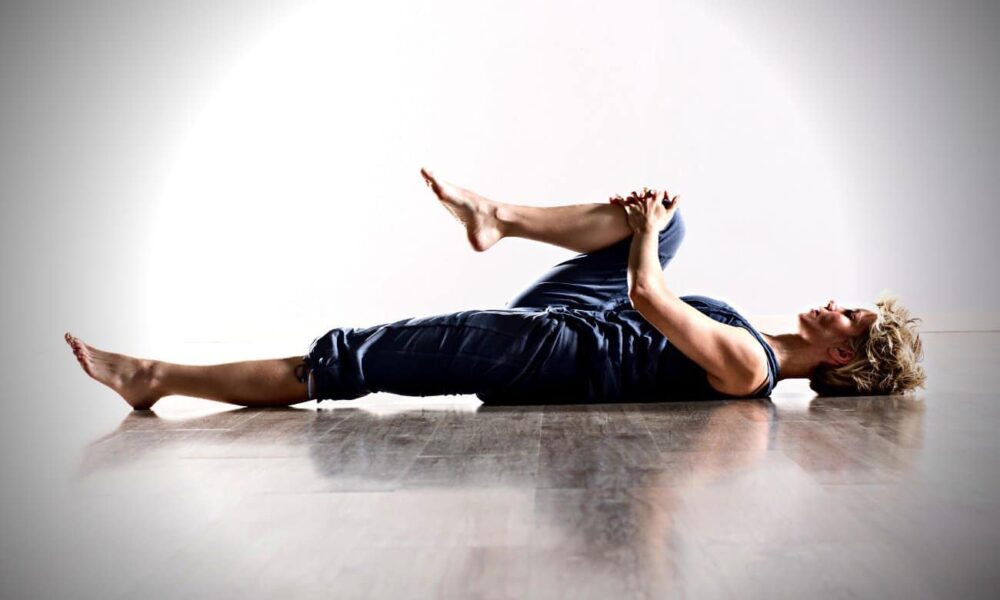Flexibility training is an essential component of a healthy running routine. Regularly carving out time for flexibility exercises can help keep muscles flexible and maintain joint range of motion. If your joints can’t move through their entire range of motion, your muscles can’t either, causing them to shorten and become tight, according to Harvard Medical School.
In addition to being potentially uncomfortable, muscle tightness can limit your running performance and increase your injury risk.
I emphasize flexibility training for runners because tight muscles can alter proper running mechanics, putting strain on joints and connective tissue,” says Ashley Castleberry, a National Academy of Sports Medicine (NASM)–certified personal trainer in Tampa, Florida, who works with runners. “This greatly increases injury risk in an already-high-impact activity like runningTwo areas runners often complain about are the quadriceps (the large muscles in the front of your thighs) and hip flexors (a group of muscles along the front of your upper thighs). As Tori LaBrie, an NASM-certified corrective exercise specialist and certified athletic trainer with Texas Orthopedics in Austin, explains, while running involves all of the major muscle groups, many runners tend to overcompensate with their quads and hip flexors. The added stress can make these muscles feel especially tight, which can affect your performance in the long run.
Tight hip flexors, for example, limit how far you can extend (straighten) your hips while running, which prevents your glutes (buttocks) from kicking in to provide speed, says Mike Thomson, CSCS, a USA Track and Field–certified running coach with Life Time in Overland Park, Kansas.
If your quads are tight, your legs can’t extend back far enough. This may cause you to overstride, or land with your front foot too far forward, Castelberry notes. According to Boston Children’s Hospital, overstriding means landing with stiffer, straighter legs that can’t absorb your body’s landing forces very well, which may lead to shin, knee, or hip injuries.
Thomson points to the calves as another running-centric muscle group to focus on. The International Sports Sciences Association (ISSA) notes that tightness in the calves can contribute to plantar fasciitis, a common running injury that’s characterized by heel pain. Achilles tendinitis, a condition that causes pain and inflammation in the tendon that connects the calf muscles to the heel bone, can also occur if the calf muscles are tight, per the American Academy of Orthopaedic Surgeons (AAOS).
In addition, calf tightness can lead to pain upstream, particularly in the side of the knee, Thomson says.
Knee pain may also result from tightness in the iliotibial (IT) band, a long cord of connective tissue that extends from the hip to just below the outside of the knee. Per the Hospital for Special Surgery, knee pain that’s caused by IT band tightness is known as IT band syndrome, a common overuse injury in runners,
Targeting the muscles you use when running with flexibility practices like stretching can increase your range of motion, preventing and improving muscle tightness. This may boost running performance and reduce injury risk, though the authors of a recent review say more research is needed.
Source: everydayhealth

 Can a Sauna Suit Really Boost Your Workout?
Can a Sauna Suit Really Boost Your Workout? Is Too Much Sitting Bad for Your Health?
Is Too Much Sitting Bad for Your Health? Quick Fixes for Sore Muscles
Quick Fixes for Sore Muscles Best Strength Exercises for Runners
Best Strength Exercises for Runners How to Get Started With HIIT Workouts
How to Get Started With HIIT Workouts How to get Started With Barre Workouts
How to get Started With Barre Workouts Walking Workouts: Health Benefits, how to Get Started
Walking Workouts: Health Benefits, how to Get Started How to Create an Effective Workout Split Schedule
How to Create an Effective Workout Split Schedule Healthy New Year’s Goals You Should know
Healthy New Year’s Goals You Should know Things You Need to Know About Excessive Sweating
Things You Need to Know About Excessive Sweating